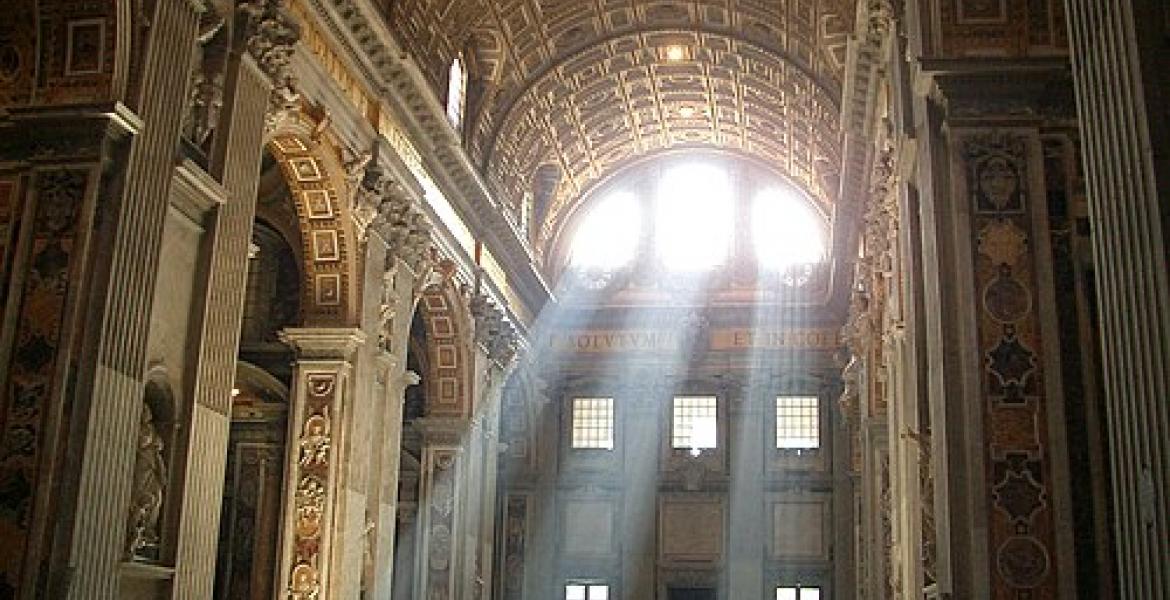SAN ANGELO, Texas – In the tapestry of Christian tradition, Palm Sunday stands as a vibrant thread, heralding the commencement of Holy Week with a symphony of ancient rituals and timeless significance. As Christians worldwide bow their heads in reverence today, they mark the solemn entry of Jesus Christ into Jerusalem, setting the stage for the dramatic narrative of salvation that unfolds in the days to come.
Historical Roots:
The roots of Palm Sunday trace back to the Gospels of the New Testament, where the triumphal entry of Jesus into Jerusalem is recounted with profound detail. According to the Gospel of Matthew, as Jesus approached Jerusalem, a large crowd greeted him by spreading their cloaks on the road while others cut branches from the trees and spread them on the road. The Gospel of John further elaborates that the branches they cut were palm branches, hence the name "Palm Sunday."
This gesture of adoration and homage was laden with symbolism, echoing the ancient Jewish tradition of welcoming victorious kings and leaders into the city. For the people of Jerusalem, Jesus represented the long-awaited Messiah, the promised deliverer foretold by the prophets.
Significance in Holy Week:
Palm Sunday serves as a poignant prelude to Holy Week, a time of reflection, repentance, and spiritual renewal for Christians around the globe. The events of this day foreshadow the profound journey that Jesus and his disciples would undertake in the days ahead – from the Last Supper to the agony in the Garden of Gethsemane, culminating in the crucifixion and resurrection.
The jubilant atmosphere of Palm Sunday swiftly gives way to the somber tones of Maundy Thursday and Good Friday, as the narrative shifts from triumph to sacrifice. It encapsulates the paradoxical nature of Christian faith – the juxtaposition of joy and sorrow, victory and suffering, all woven into the fabric of salvation history.
Cultural Observances:
In Western Christian traditions, Palm Sunday is marked by a variety of cultural observances, each carrying its own unique significance. One of the most recognizable customs is the distribution of palm branches, symbolizing the triumphal entry of Jesus into Jerusalem. In Roman Catholic observances, these palm branches are often blessed by clergy and distributed to the faithful, who then carry them in processions or adorn their homes with them as a tangible reminder of Christ's kingship.
The use of palms also extends beyond religious ceremonies, finding its way into art, literature, and even culinary traditions. In many cultures, intricately woven palm fronds are fashioned into crosses or decorative ornaments, while palm leaves are used to create traditional dishes and desserts symbolic of the season.
Conclusion:
As the faithful gather in churches and homes alike to commemorate Palm Sunday, they do more than simply reenact a historical event – they participate in a timeless ritual that bridges the gap between past and present, mortality and eternity. In the waving of palm branches and the chanting of hosannas, believers affirm their faith in the triumph of love over hate, light over darkness, and hope over despair.
Palm Sunday, with its rich tapestry of symbolism and tradition, beckons us to embark on a journey of spiritual introspection and renewal, inviting us to walk alongside Jesus Christ as he makes his way to the cross. It is a day of paradox and promise, reminding us that even in the midst of life's trials and tribulations, the victory of Easter morning awaits, offering redemption and eternal hope to all who believe.
Subscribe to the LIVE! Daily
Required






Post a comment to this article here: